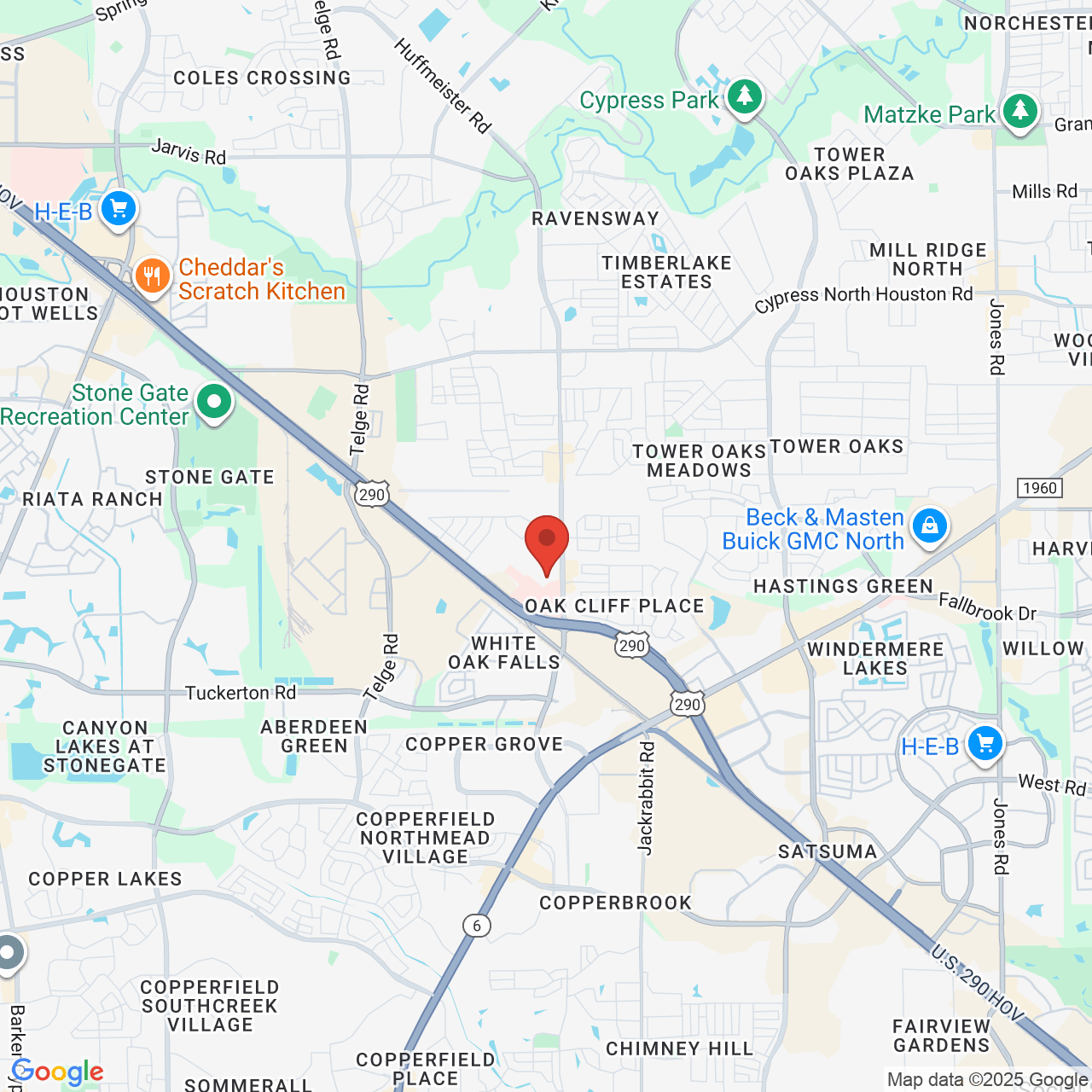Description
Dr. St. Laurent demonstrates LAP-BAND® surgery. This advanced procedure is performed laparoscopically, meaning a tiny camera is used to guide special tools inserted through small incisions. The entire procedure is relatively fast and efficient, and can provide life-changing results.
View transcript
Hi. This is Dr. Mathew St. Laurent and today I will be presenting a laparoscopic insertion of a gastric band in a 43-year-old white female with a preoperative BMI of 37.9. Our case begins with an optical trocar entry approximately hands breadth below the xyphoid process.
Once within the abdominal cavity, we proceed to insufflate the abdominal cavity up to a water pressure of 15cm. At this point additional trocars are placed in their standard positions, including a Nathanson liver retractor to elevate the left lobe of the liver.
Preoperatively the patient had an upper endoscopy that did reveal a small sliding hiatal hernia. We confirmed this intraoperatively by placing an intragastric balloon and inflating to 15mls. This is easily seen to draw up into the chest cavity. As a result we proceed with repairing the hiatal defect. We first remove the perigastric fat pad in order to expose the more upper limits of the hiatus.
We use the harmonic scalpel to take down the peritoneal reflection as well as the phrenoesophageal membranes. This fully exposes the cruel elements of the diaphragm.
Once each of the leaflets of the diaphragm are fully dissected and exposed, we perform a primary anterior repair using interrupted sutures. We utilize a 2-0 silk suture placed in a figure of eight pattern in order to re-approximate the diaphragmatic edges. This provides a tight re-approximation to prevent herniation of the band in the chest.
On completion with the diaphragmatic repair, we proceed with re-testing to confirm good closure. We re-insert the intragastric balloon and inflate it to 15mls. This is then drawn up to the hiatus to confirm good re-approximation of the diaphragmatic edges. Once this is accomplished, the balloon is deflated and withdrawn into the esophagus.
We then proceed with the gastric banding. We open up the lesser omentum window and using a pars flaccida technique create a retrogastric window. We identify the right crus of the diaphragm and begin our dissection at its inferior border near the fat pad.
The retrogastric window is created bluntly and once this is accomplished, we then insert an articulating banding instrument. The banding instrument is passed through the retrogastric window then articulated at the angle of his to expose it. Once this is accomplished, we insert the gastric balloon and tubing.
The tip of the band tubing is then threaded into the banding device. The banding device is then utilized to withdraw the tubing to the right side of the stomach. The tubing is then removed from the banding device and then withdrawn to the outside in order to facilitate the band passage around the stomach.
Once the band has completely passed around the stomach, we then thread the tubing through the buckle system. Prior to actually fastening the band we re-pass the intragastric balloon back into the stomach. The diameter of the tubing is 1cm. We then securely fasten the band over the 1cm calibrating tube to make sure that the stoma size is not too small.
Here you see the passage of the tubing into the stomach. The band is then securely fastened and showed to freely rotate around the actual calibrating tube. At this point the calibrating tube is removed once it has been assured that the stoma size is greater than a centimeter.
At this point, the band is fixated by placing plicating sutures between the greater curvature and the small upper stomach pouch. We make sure that these sutures are gastrogastric in nature. We place three interrupted sutures above the band. We utilize permanent sutures for this.
Again, each of the sutures are placed from one portion of the stomach to the other in order to achieve good fixation of the band. It's important that the plication sutures are floppy in nature.
Once the superior sutures are placed, we then place an additional two anti-slip stitches below the band. This helps fixate the band in this position. We place an additional two interrupted sutures between the greater curvature on one side and the lesser curvature on the other. By placing the sutures above and below the band, this helps fixate the band and acts as a belt loop. This type of fixation helps reduce the risk of band migration or band slippage.
On completion of the fixation sutures, we then re-examine the band and make sure the position is correct. The band should be at a nice 45 degree angle approximately 2cm below the diaphragm. This creates an approximately 15 to 20 cc gastric pouch.
The band tubing is then eviscerated from the 15 millimeter port sight and attached to a port system. The port system is placed in a subcutaneous pocket that is fixated to the anterior muscle wall. Once this is accomplished, the remaining trocars and Nathanson liver retractor removed and the abdomen is deflated, the wounds are closed with a simple subcuticular stitch.




































